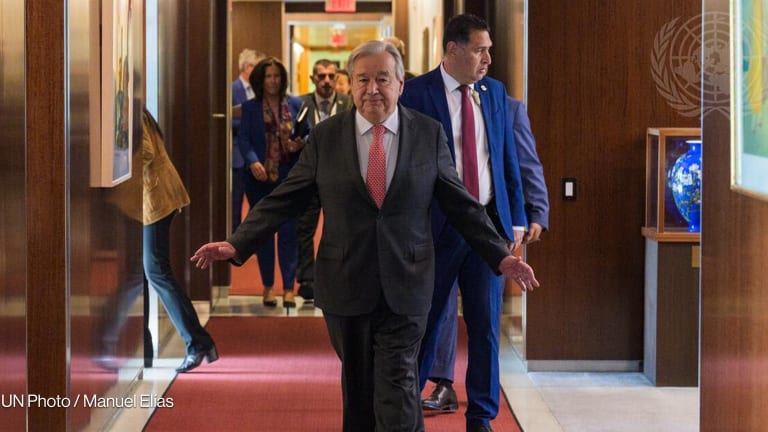The race to become the next United Nations secretary-general is entering its final lap, just a few months before Ban Ki-moon is set to step down from his post as U.N. chief. Maybe you’re finding yourself still a bit confused about the process. There’s a good reason for that.
While officially dubbed an election, the race to serve as the U.N.’s leader largely happens behind closed doors, and ultimately comes down to the political leanings — and votes — of the five permanent members of the Security Council.
It’s a crowded playing field this year, as 10 candidates are now in the running.
Printing articles to share with others is a breach of our terms and conditions and copyright policy. Please use the sharing options on the left side of the article. Devex Pro members may share up to 10 articles per month using the Pro share tool ( ).






